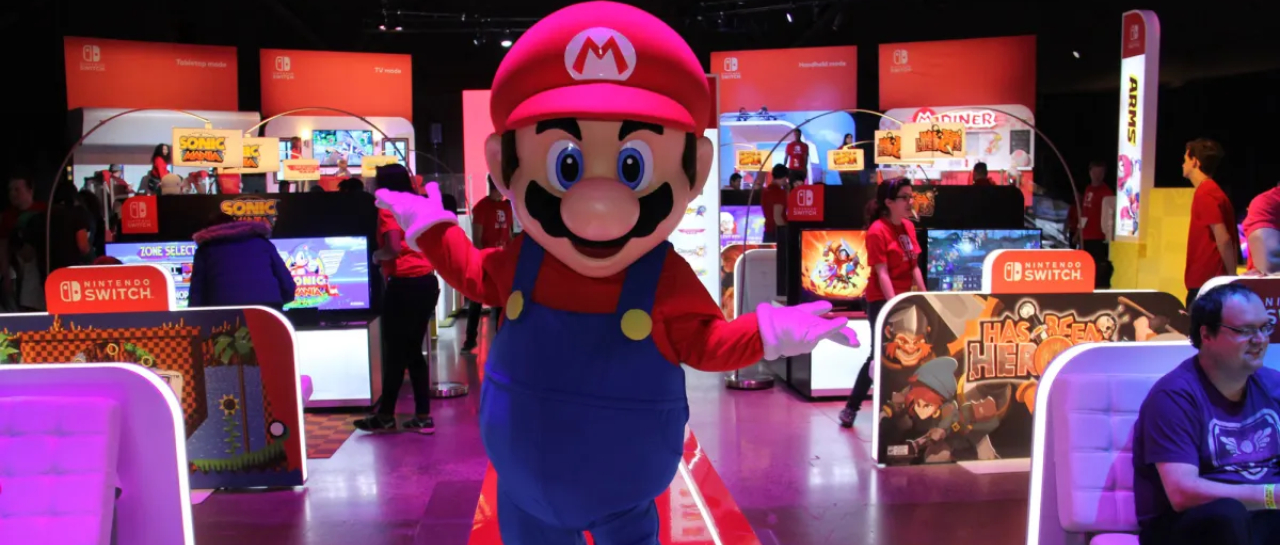Even though the National Mall near the U.S. Capitol building will be mostly empty of the traditional crowds on Wednesday, the nation’s three biggest carriers will get the benefit of MatSing’s unique lens antenna technology.
MatSing’s antennas will provide LTE and 5G broadband coverage for President-elect Joe Biden’s Inauguration Day, and while it won’t be like previous inaugurations, the antennas will provide extra capacity for customers of AT&T, T-Mobile and Verizon. The gear will remain permanently in place and maintained by MatSing and the carriers after the ceremony.
The antennas for this year’s inauguration were ordered well before the decisions about limited attendance due to security threats and Covid-19. Besides the expectation that there would be more demand on the mall, there was the belief that members of the audience would be carrying more powerful phones compared with the last inauguration. Of course, now the equipment can be used by members of the National Guard and others present in a security role.
Tackling the meta challenge
MatSing was founded by two brothers, Michael and Leo Matytsine, and their father, Dr. Serguei Matytsine, in 2005, with a focus on developing a new type of metamaterial. Like others, the Matytsine family saw references to the spherical lens antenna in textbooks, but few pursued it due to the materials required.
So they developed a new type of metamaterial, and that propelled them on a journey that led to where they’re at now. In wireless, their business initially started with AT&T and Verizon, but in the past couple of years, T-Mobile was added.
In short, the main problem for using lenses has been the materials and the weight, explained Leo Matytsine in a recent interview. Usually, an antenna involves reflection, like a dish antenna, which takes a signal and creates a narrow beam.
But if you need multiple beams going in different directions, this is where the dish approach and most standard antennas start to fail, he said.
It’s similar to the way the human eye and refraction works. “Our antenna will work on the same principle. It has a spherical lens,” which is constructed with many different layers of metamaterial that can receive and send signals in any direction, simultaneously and independently.
Instead of using many dish antennas, an operator can put up one lens antenna and that’s the equivalent of many dish-style antennas. In fact, each MatSing single lens antenna can provide up to 48 high-capacity coverage sectors and supports multiple frequency bands, replacing up to 48 traditional antennas with a single lens.
With wireless carriers, MatSing’s big breakthrough came at the 2014 Coachella, where their antenna made its first commercial debut with AT&T. It was their way of getting a foot in the door in telecom, and back when outdoor music festivals were all the rage, it proved to be quite useful. Since then, they’ve made inroads with other outdoor events where a large crowd needs access to data, including previous U.S. presidential inaugurations.
RELATED: AT&T debuts ‘Drum Set’ antenna at Coachella
Leo Matytsine said their primarily focus has been making the antennas for spectrum below 6 GHz. Last spring, they welcomed Bo Larsson as CEO of the company. He had been on the board of directors for five years and previously held management roles at Sony and Sony Ericsson.
MatSing’s Luneburg lens is part of the SuperCell technology that Facebook Connectivity developed for getting broadband coverage into rural areas. It makes sense, because that concept uses super high towers to cover large areas, but the towers can’t handle a lot of weight at the top. The Luneburg lens fits the bill, as it’s lightweight enough and can shoot the beams where needed.
RELATED: Facebook Connectivity aims high with SuperCell for rural coverage
What’s behind the name? That might be obvious by now, but “materials” explains the first part of the name. Given that the company was founded in Singapore, that explains the second part. Offices remain in Singapore but the headquarters is in Irvine, California. They’re growing the business in and outside the U.S. and hope to manufacture a lot of the 5G product line in the U.S.
They’ve already won some stadium deals, with the Las Vegas Raiders at Allegiant Stadium and the Tampa Bay Lightning’s Amalie Arena, and expect more in the future. Debate has been underway in the industry as to whether the radios should be installed under the seats in stadiums, which is more costly, or to use a line-of-sight solution. “We want to definitely become the Number One choice,” Leo Matytsine said.








/https://specials-images.forbesimg.com/imageserve/60079bdb6f3ebaeb26fcd238/0x0.jpg)



